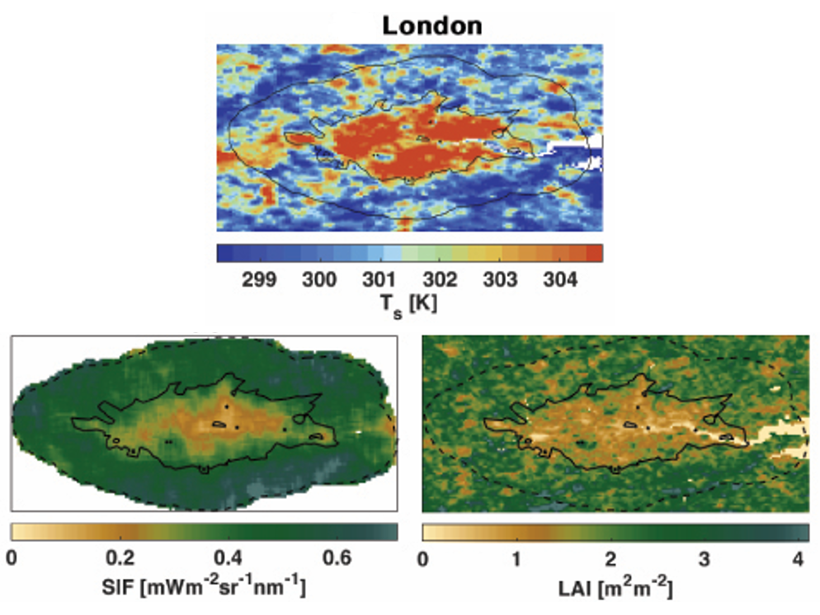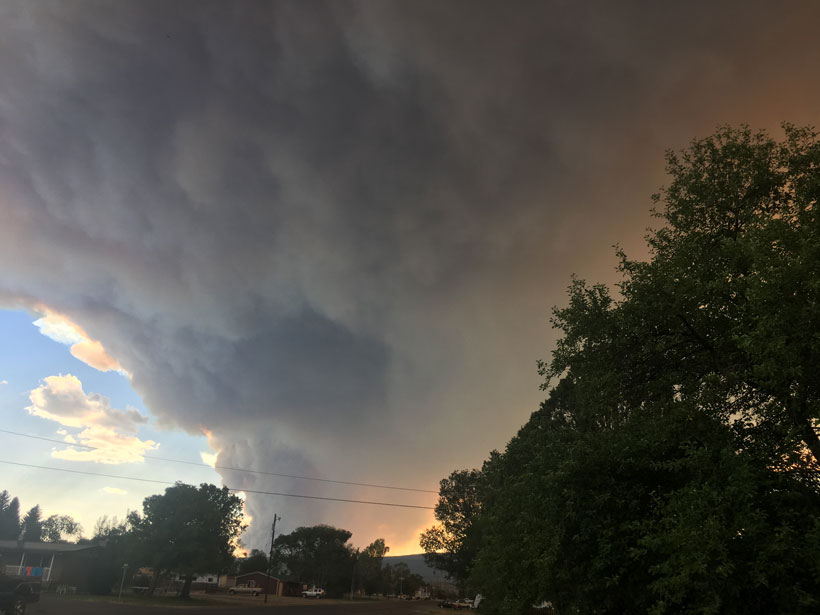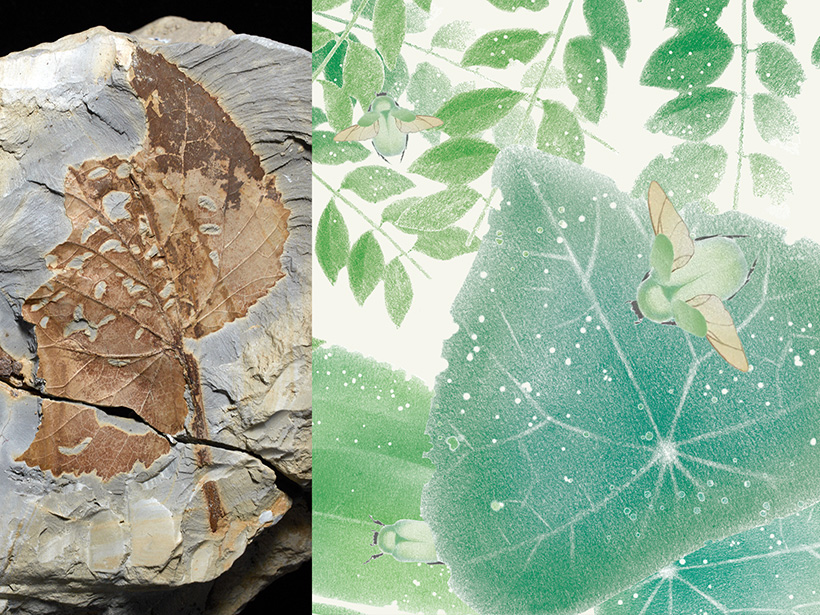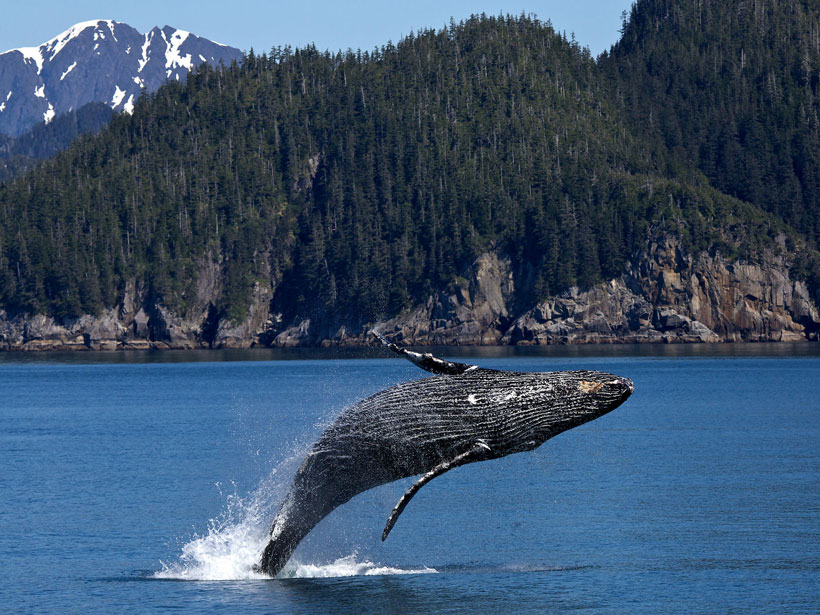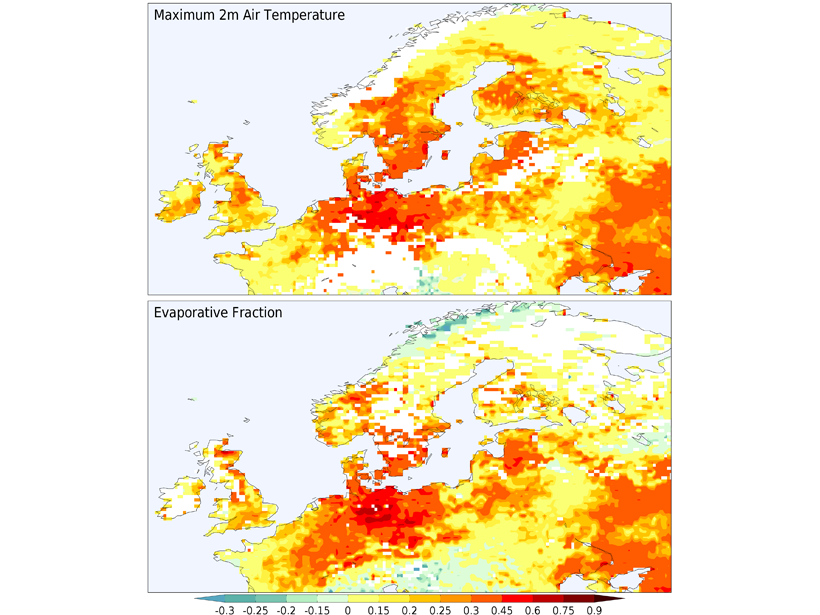Scientists seek to understand the elusive properties of stellar and galactic cosmic rays before searching for life on exoplanets.
2021 CC BY-NC-ND
Ancient Maya Made Widespread Changes to Wetland Landscape
A system of canals 2 millennia old sustained a local population after the collapse of its neighbors, and it continues to affect local ecology today.
Urban Vegetation Key Regulator for Heat Island Intensity
Satellite data reveals that urban vegetation, especially urban forests, is the most important factor regulating Urban Heat Island intensity.
Dune Aurora Explained by Satellite-Ground Studies
Spacecraft observations support the mechanism for explaining auroral dunes observed from the ground by citizen scientists.
Los Incendios forestales podrían exacerbar el asma en el oeste de los Estados Unidos
Un nuevo estudio predice que para la década de 2050, el humo de los incendios forestales hará que la región gaste $850 millones más cada año para tratar el asma.
The Future of Critical Zone Science: Call for Papers
Contributions are invited to a new cross-journal special collection that describe novel advances in critical zone research, with specific consideration for transferable and broadly applicable science.
Chicxulub Impact Changed Tropical Rain Forest Biodiversity Forever
Sixty-six million years ago, an asteroid reset most of life on Earth. But without this catastrophic event, the composition of neotropical rain forests wouldn’t be the same.
Years After the Pacific Marine Heat Wave, Ecosystem Shifts Persist
Researchers question whether Gulf of Alaska species will return to pre–heat wave conditions.
Dry Soils Enhanced the 2018 Heatwave in Northern Europe
A range of observations show that a shift in land-atmosphere coupling exacerbated the hot drought experienced in Europe in 2018.
Cloud-to-Ground Lightning May Have Struck a Key Ingredient for Life
On early Earth, rock created by lightning strikes to the ground likely held a form of phosphorus necessary for prebiotic chemistry.



